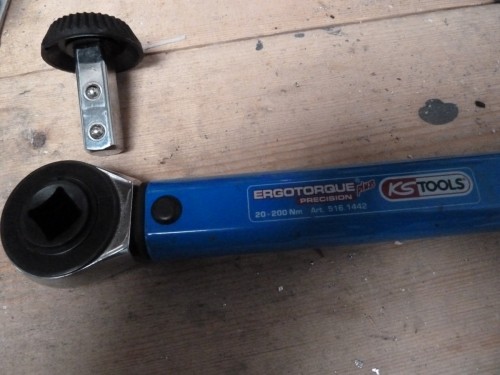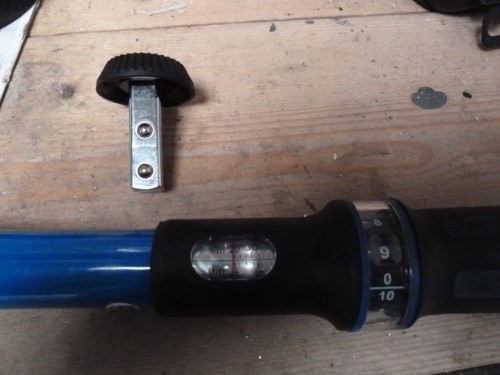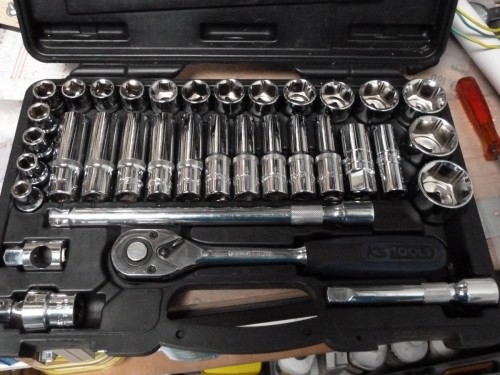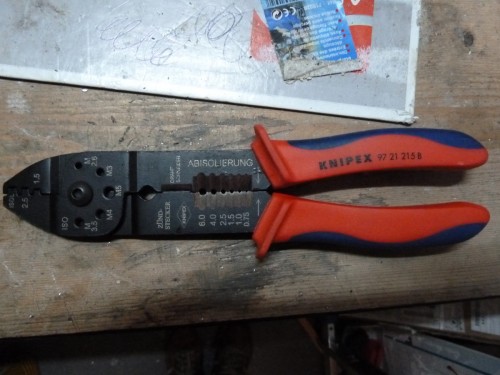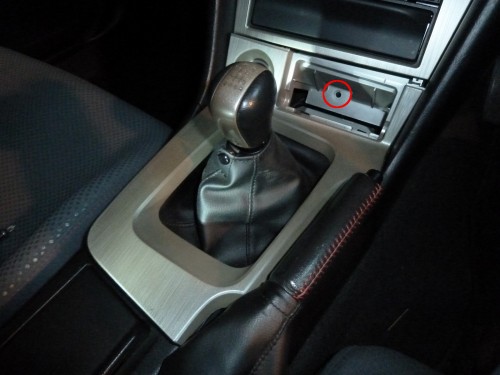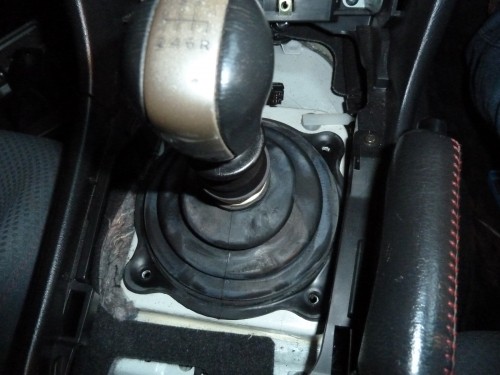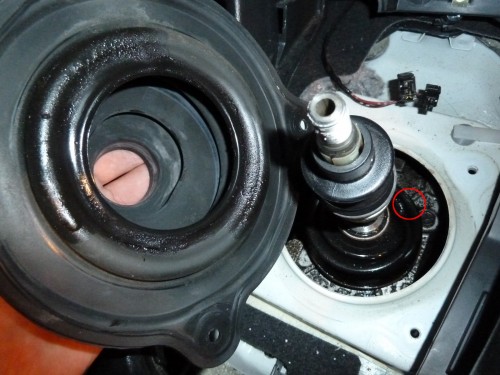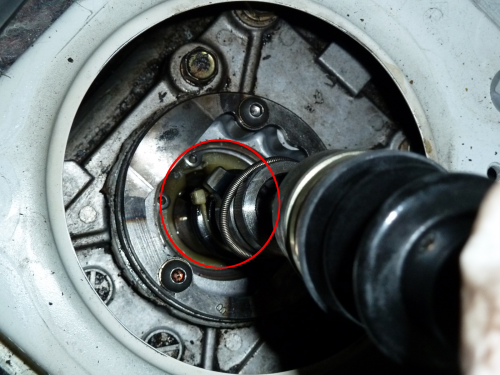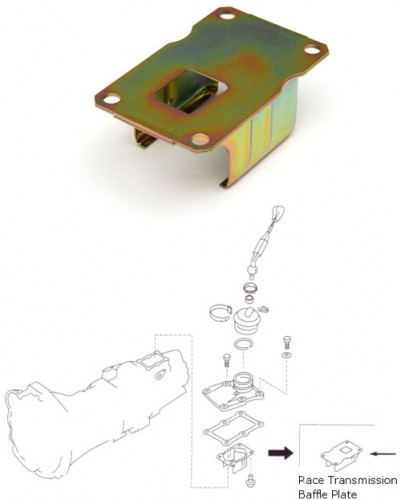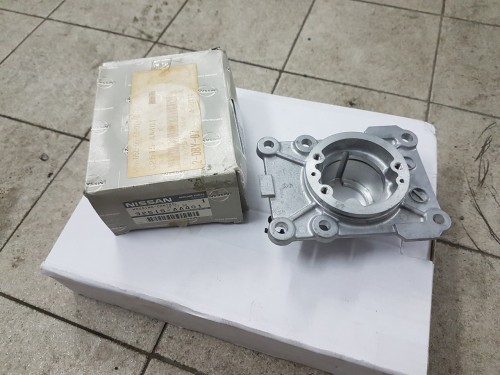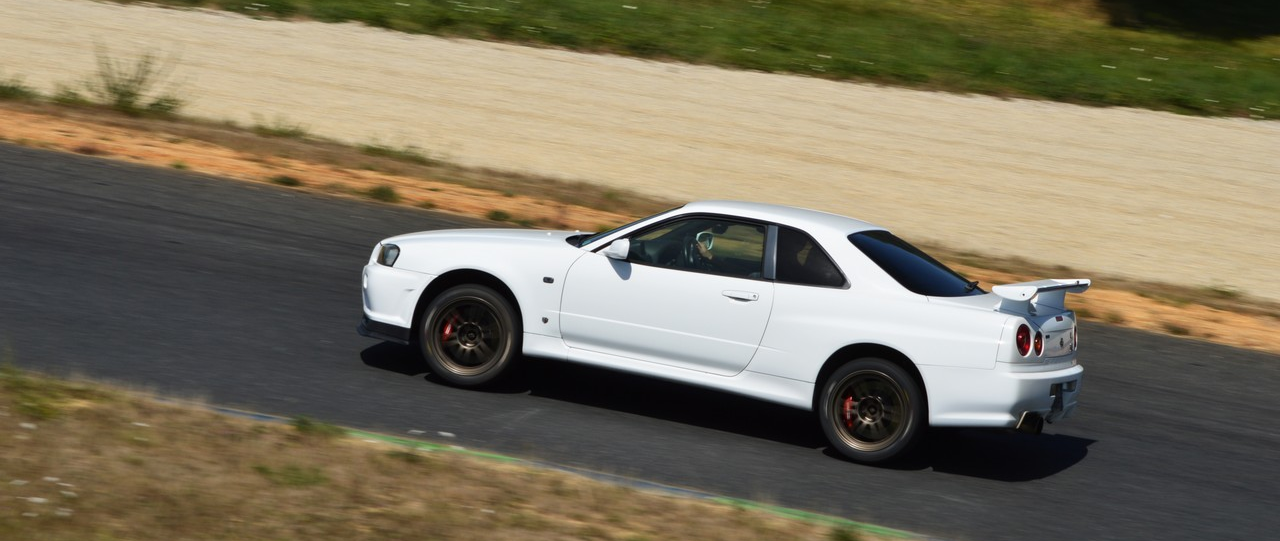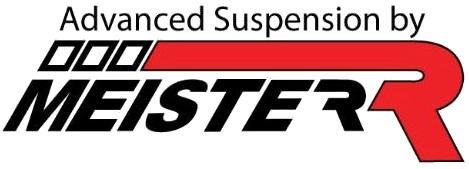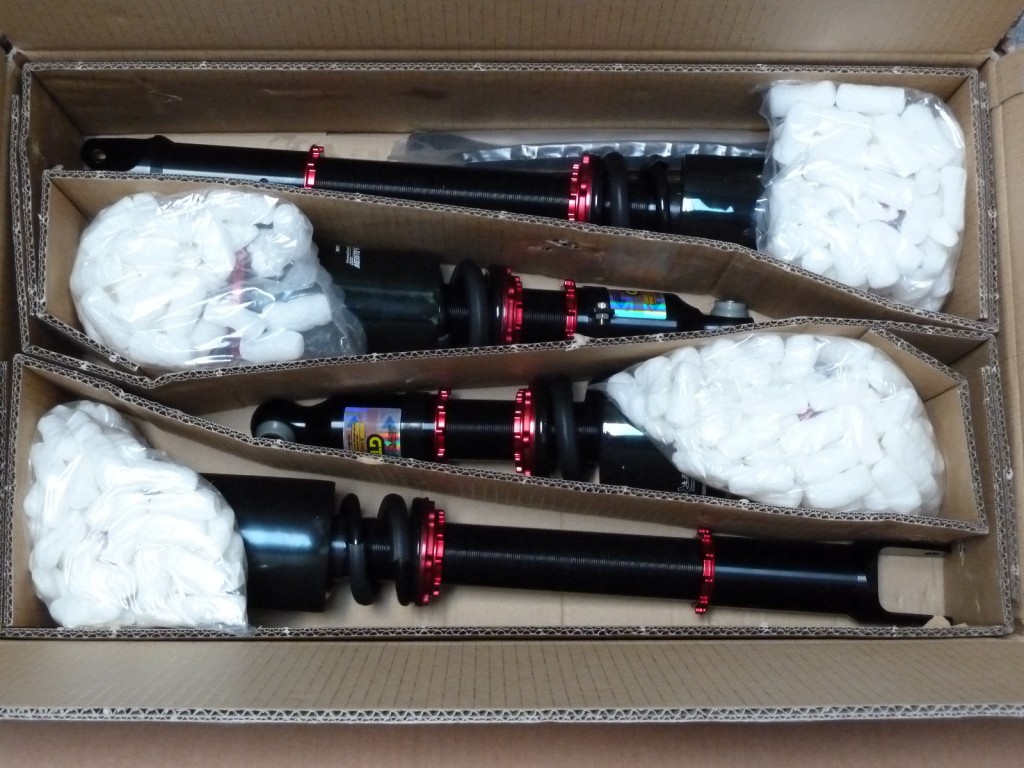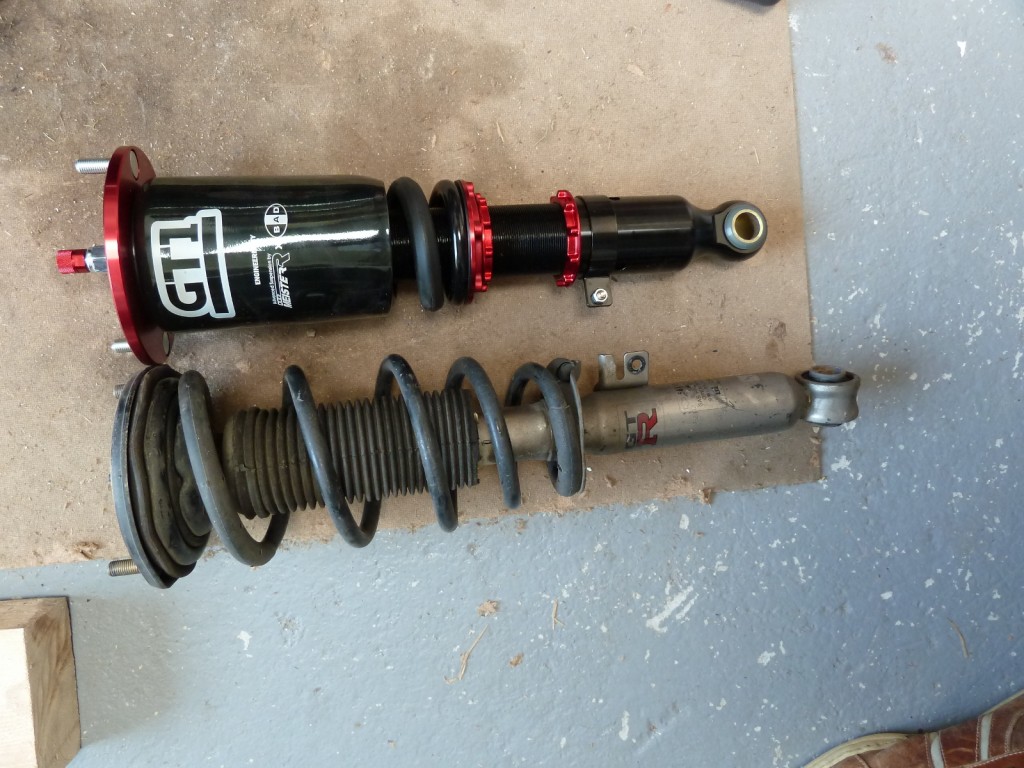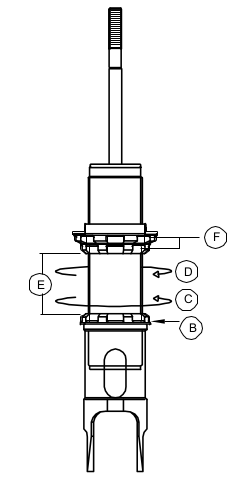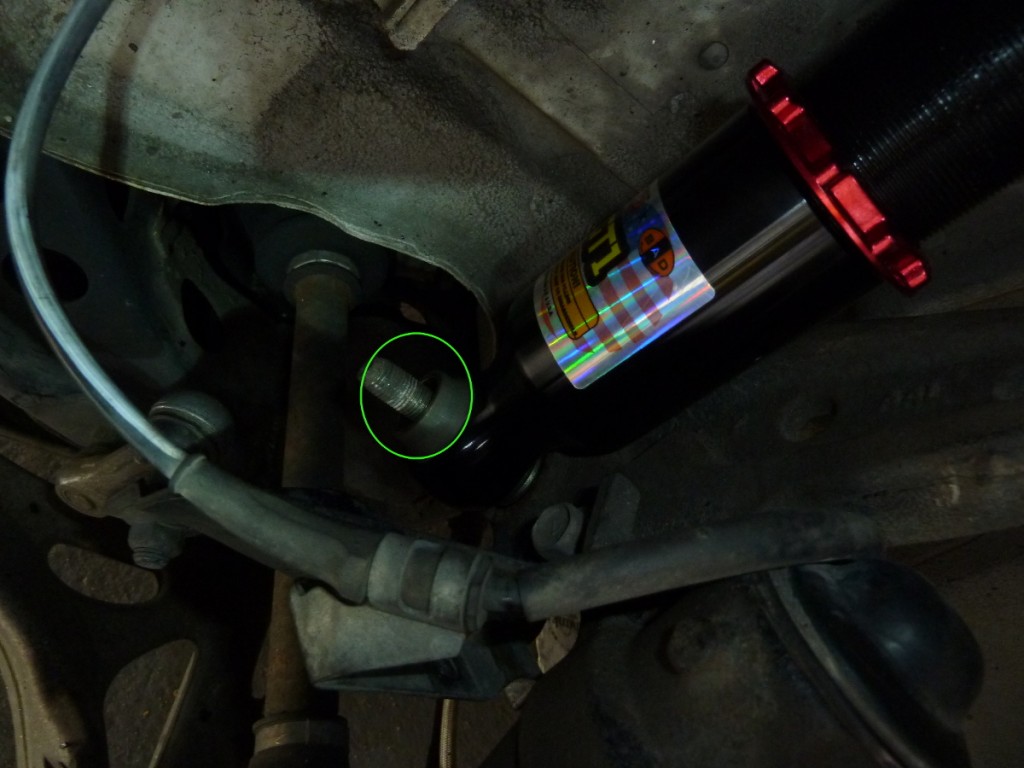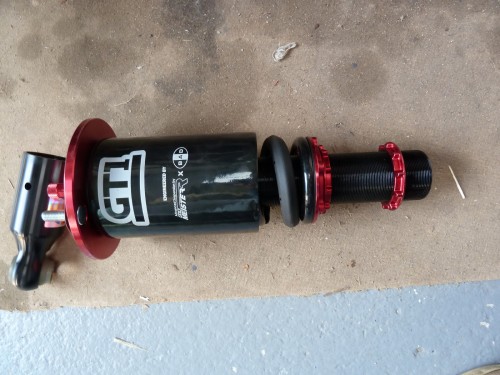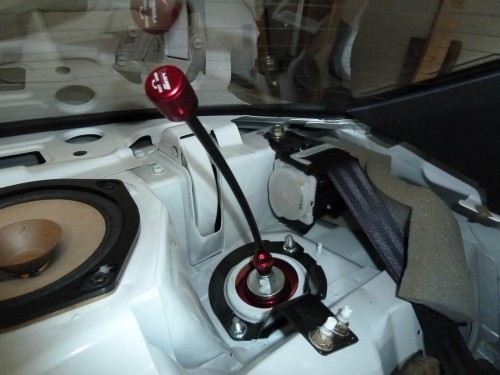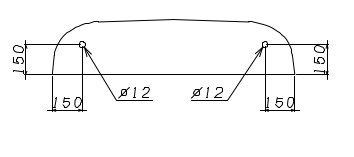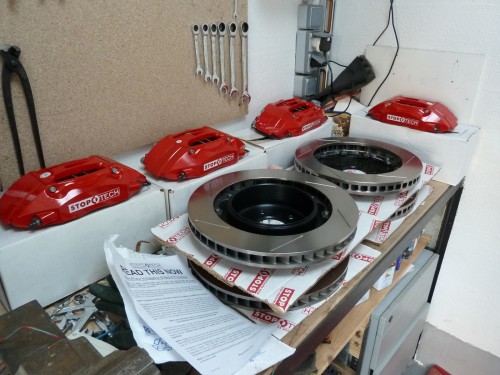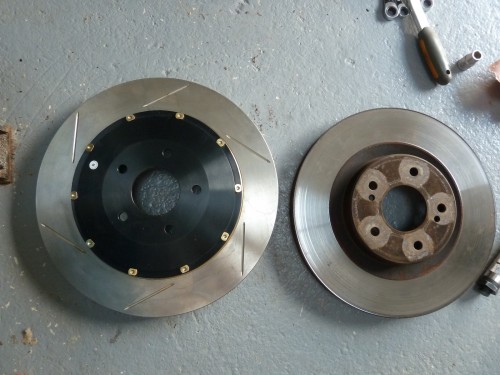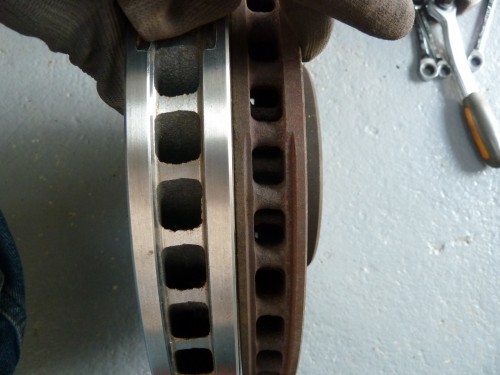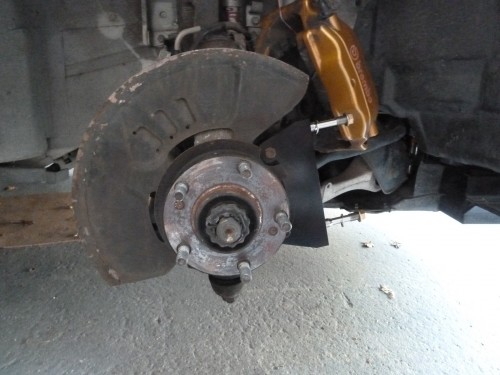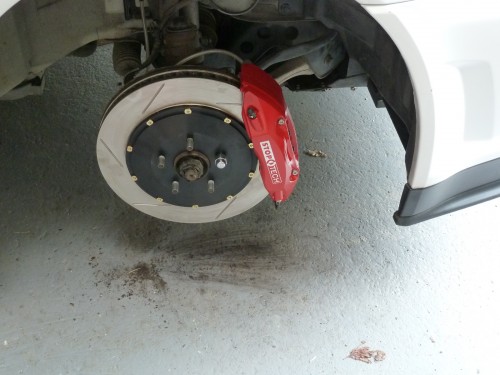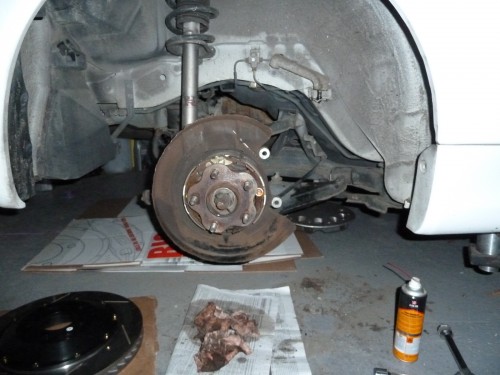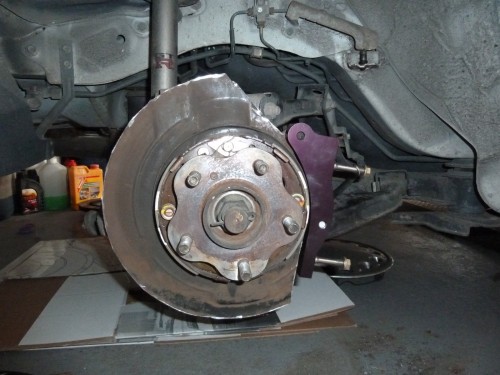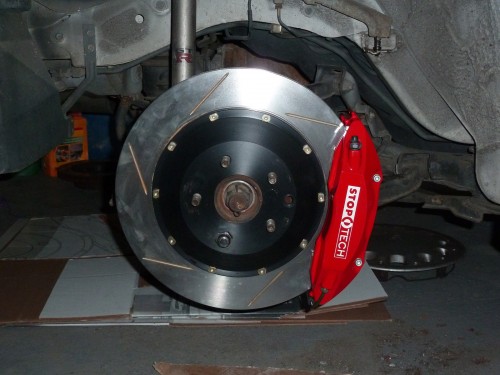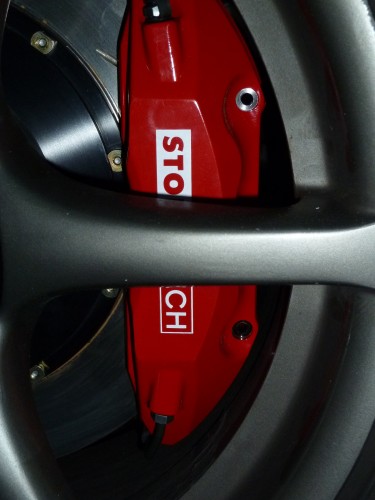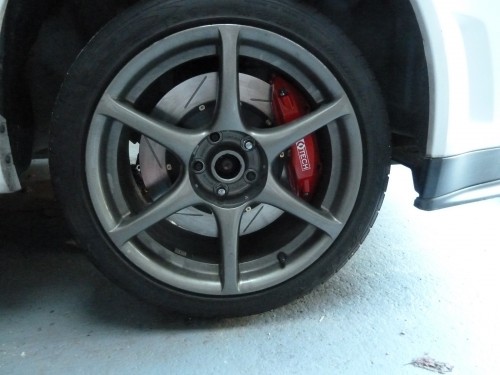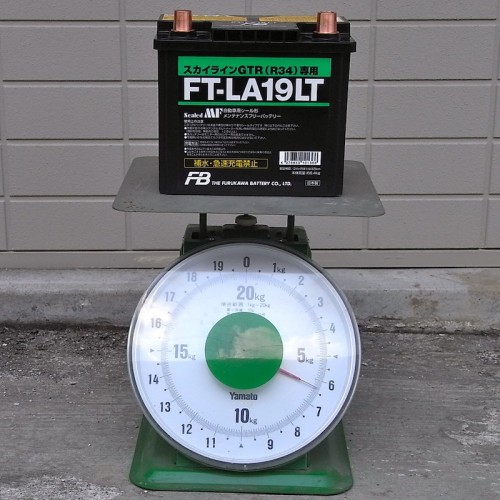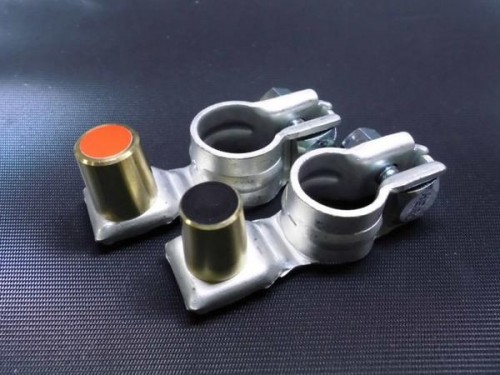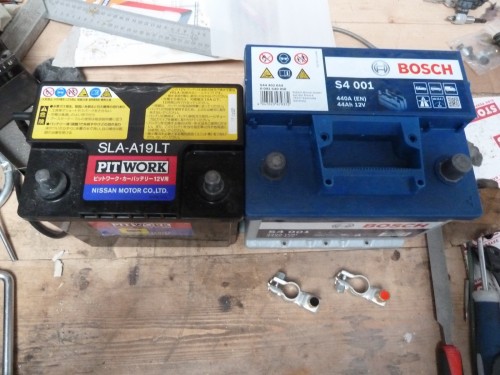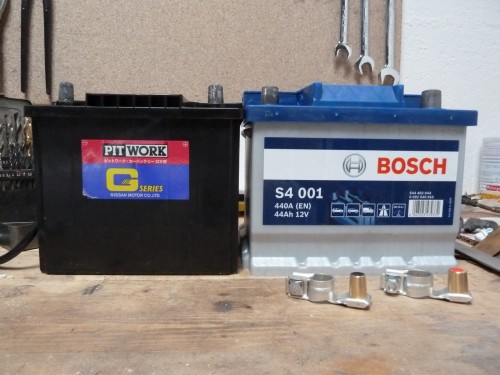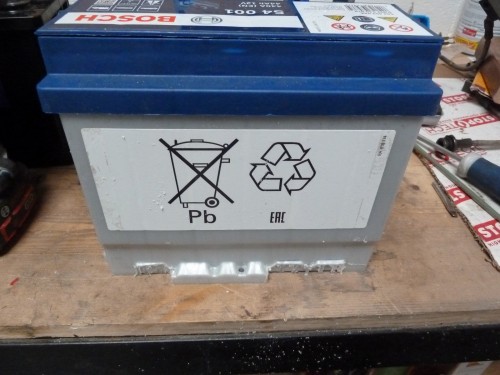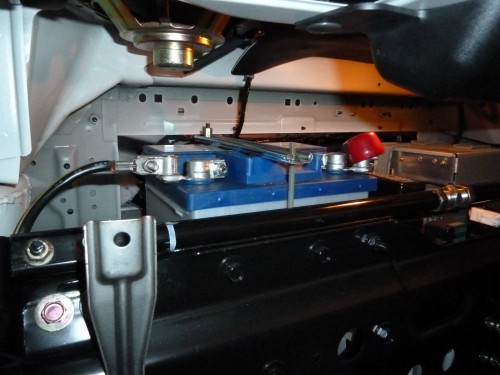Comme tout amateur de mécanique, pour faire mes travaux de mécanique je suis parti de zéro ou presque en outillage. Et comme beaucoup, je n’avais pas envie de mettre cher pour les outils.
Je me suis progressivement équipé en matèriel; j’ai commencé avec du noname (sans marque); choix qui s’est avéré moyen puisque j’ai fini par revendre le noname pour prendre de la marque plus fiable car au fur et à mesure on s’aperçoit que tel outil est pas pratique du tout, mal adapté ou tout simplement incomplet.
Concernant le serrage, je respecte les préconisation du constructeur; pour faire ca, j’ai une clé dynamométrique KS Tools depuis maintenant 2 ou 3 ans dont je suis très content. Précise à 3% et un peu moins chère que des marques connues (j’ai bien dit un peu). Avant d’avoir cette clé, j’en ai eu une autre, sans marque dans laquelle je n’avais pas spécialement confiance. En comparant 2 serrages réglés à l’identiques, il y avait 20% de serrage d’écart, c’est énome. Donc mon conseil, si vous avez l’intention de faire de la mécanique souvent prenez une clé avec une bonne précision, certifiée. Ne prenez pas la plus chère, mais une qui dispose d’une bonne précision. La plage de serrage 20-200Nm permet de faire de très nombreux serrages de mécanique et devrait suffir pour beaucoup de travaux.
L’espèce de champignon de taille 1/2 se met dans le carré; en fonction du sens ou vous le mettez, ca permet de serrer ou desserrer … le truc bien avec ce système, c’est qu’il existe un champignon en 3/8. Du coup si vous avez un coffret en 3/8, pas besoin de changer de clé, le champignon en 3/8 fait l’affaire.
Bon ce que j’aime bien dans la gamme KS Tools c’est qu’ils ont pas mal de clés avec des plages de serrage assez variées (5-20Nm, 20-200Nm, 60-320Nm, 10-100Nm, 80-420Nm, etc etc). J’avais hésité avec la 60-320Nm, mais c’est tout de même rare de devoir aller à plus de 200Nm pour de nombreuses pièces et on a par contre souvent besoin de moins de 60Nm. Sachez qu’il y a la gamme « ergotorque » et « ergotorque precision », et que la seconde permettra un réglage bien plus précis – au Nm près – que la 1ère. J’ai pris une ergotorque pour débuter …. pour finir par prendre une ergotorque précision (la bleue ci dessus). Je devrais réfléchir un peu plus avant d’acheter des fois …
Parlons des douilles … au début j’ai acheté au fur et à mesure de mes besoins pour ne pas avoir a payer le prix d’un coffret complet mais au final … j’avais presque tout. J’ai donc revendu pour me prendre un coffret complet en 1/2 KS Tools (j’étais tombé sur une promo intéressante sur amazon), douilles de 10 à … 34 !!
Du coup j’ai pris ca (toujours chez amazon) : coffret KS Tools 1/2. Bon honêtement, sans la promo ca fait chéro je trouve. Attendez une promo ou essayez ailleur. Sur la photo le manche n’est plus tout à fait bleu car … la clé a pas mal servie. Neuf c’est comme sur la 2nde photo.
Bon, avec le recul que j’ai maintenant, je me demande toutefois si un coffret en 3/8 (douilles de 6 à 24) n’aurait pas été mieux; en effet, c’est un peu plus petit et permet donc passer dans des endroits plus étroits, ce qui peut s’avérer très utile parfois. De plus les douilles de 27-30-32-34 qu’on trouve dans le coffret en 1/2 ne vous serviront peut être qu’une ou 2 fois, vous pourrez toujours les acheter à part le jour où avec un adaptateur 3/8 -> 1/2.. Bref, à vous de voir. Le coffret en 3/8 est dispo chez Amazon, à un prix plutôt intéressant :
Ensuite je ne peux pas faire l’impasse sur les clé plates … et comme d’habitude, j’ai commencé par en prendre au compte goute. J’ai essayé les clé à fourches, les doubles à cliquet pour finir par les clé mixtes. A l’usage, les clés mixtes me paraissent les plus pratiques. J’ai fini par revendre ce que j’avais acheté par ci par là pour prendre un coffret. J’ai prix du Kraftwerk (c’est une marque connue, proposant une garantie à vie), une occasion intéressante s’étant présentée. Ca va du 8 au 19 (sans le 16 et le 18), la qualité est là … mais la partie clé plate est un peu trop épaisse (xxmm pour la clé de 17 par exemple) et pourra vous poser des soucis pour passer à certains endroits. Donc mon conseil … ayez en une en main avant d’acheter et soyez attentif à l’épaisseur. La contre partie, c’est que c’est robuste !
Mes clefs (chez amazon : bon c’est pas donné, attendez une promo):

Bon par contre, j’aurai mieux faire de prendre celle ci (Knipex 9722240) qui permet de sertir 2 types d’embouts (en plus c’est le même prix ):
Si vous ne connaissez pas Knipex, c’est une marque qui fait partie des références pour les pinces.
Certes, elle ne peut faire que 2 types de sertissage, mais elle les fait très bien, c’est les 2 types de sertissage qu’on trouve le plus sur les voitures.
Au final, le meilleur conseil que je peux donner, c’est que si vous allez vous servir longtemps de l’outil, mieux vaut mettre un peu plus, vous ne le regretterez pas. Si c’est occasionnel, que ca ne vous servira que quelques fois en tout, un outil pas cher fera l’affaire. Et toujours se demander est-ce qu’il vaut mieux un outil qui fait un bon travail plutot qu’un outil qui peut faire plusieurs choses mais de façon moyenne. Parfois un outil moyen suffira, parfois mieux vaudra un outil de qualité.


